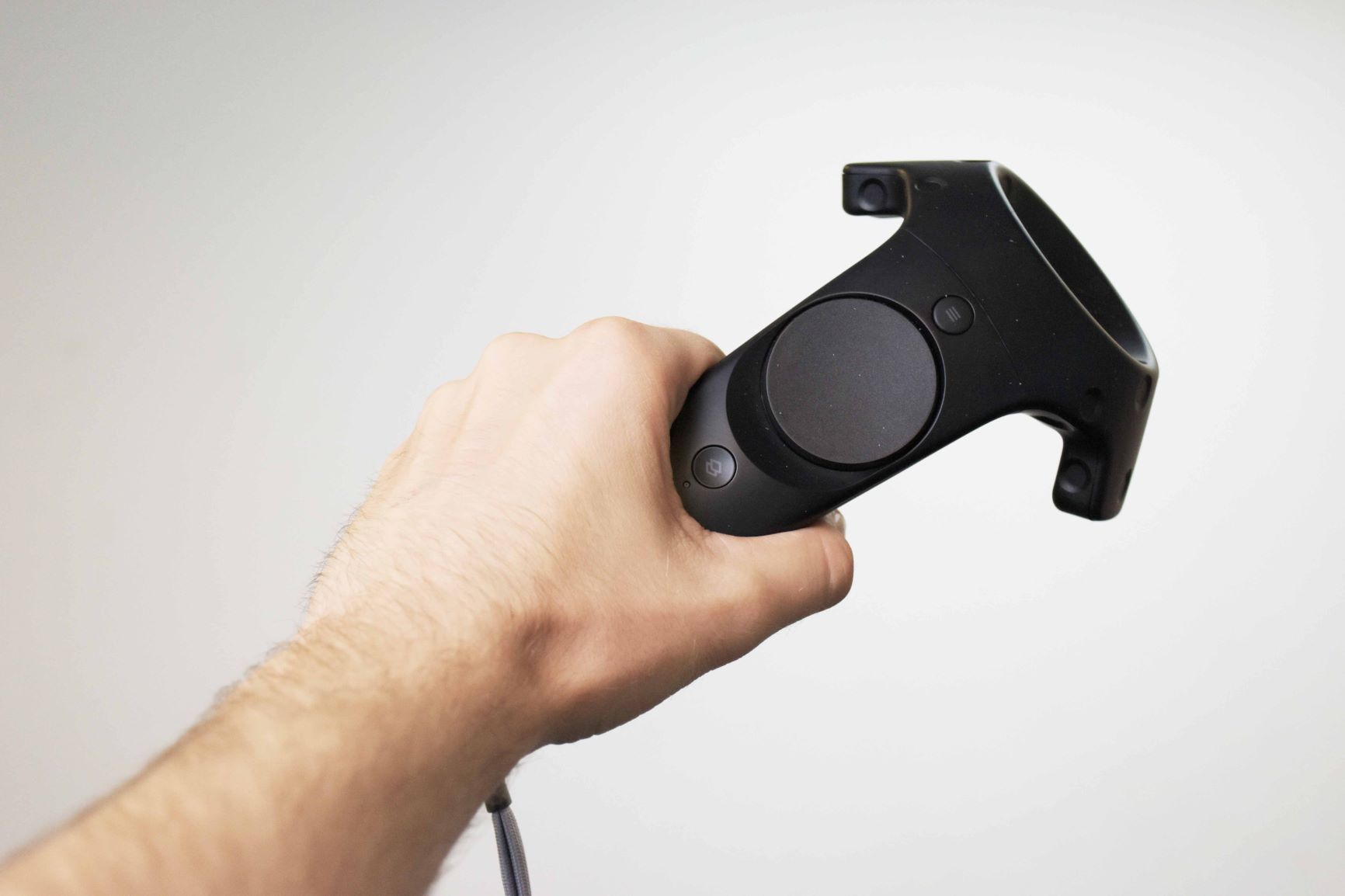Analysing a stable grip on hand-held objects in microgravity
Microgravity provides a unique environment to study dexterous manipulation. How does the nervous system control movements and forces when manipulating objects with the hand? A stable grip on hand-held objects is of primary importance to lifting and moving actions particularly when such objects are used as tools. When using the so-called “precision grip” , stabilization of the object in the hand depends on applying a strong enough grip force normal to each finger-object contact surface; sufficient friction must be generated to resist the load force and torque acting tangentially to the contact surfaces. Studies of the forces employed in the dexterous handling of objects using a precision grip have found that the grip forces are optimized to prevent accidental slips, and yet are not so excessive as to crush a fragile object or to cause muscle fatigue (Johansson and Westling 1984; Westling and Johansson 1984). In order to ensure safe and reliable object manipulation without slip, the grip-load force ratio has to be maintained slightly above the minimum required, depending on the friction between skin and object (Johansson and Westling 1984). Flanagan and Wing (Flanagan and Wing 1993; Flanagan and Wing 1995) examined grip force modulation as subjects performed either point-to-point or cyclic arm movements with a hand-held load. They found that variations in inertial forces caused by the subjects’ own arm movements over a range of accelerations produced synchronous changes in grip forces that rose and fell with the changes in the tangential load forces on the fingers. Grip forces were modulated in parallel with load forces, regardless of the object’s surface friction or the frequency of movement applied to the object. A tight temporal coupling between the grip force and the load force has been documented in a large variety of tasks engaging different kinds of objects, grips, loads or mode of transport (Johansson and Westling 1984; Flanagan and Tresilian 1994; Jenmalm and Johansson 1997; Flanagan et al. 1999a; Flanagan et al. 1999b) and locomotion (Gysin et al. 2003). In other words, grip forces were controlled in anticipation of the fluctuations in inertial forces. Conversely, Saels et al. 1999, demonstrated that the sensation of slipperiness caused subjects to accelerate low-friction objects more slowly. In all these instances, grip forces are modulated in parallel with the load forces, regardless of the object’s surface friction or the acceleration applied to the object. That is, the grip forces reflected an anticipatory adjustment to either fluctuations in inertial forces or to low coefficients of friction. Changes in gravity can be considered as perturbations to the performance of these tasks, which must somehow be compensated through adaptive control. This is particularly so in the case of loads applied by gravity to the body because the muscle activities used to compensate these loads appear to be programmed in a highly predictive manner, perhaps based on a lifetime of experience in a normal 1g environment. It has been shown that during exposure to microgravity in parabolic flights the control of interaction forces adapts partially to the lack of gravity, yet evidence indicates that anticipation of gravity’s effects persists in the short term. The motivation for these experiments to be performed in long-duration space flight is to understand how the central nervous system adapts to an environment without gravity and what will be the consequences of long-term adaptation when an individual returns to a normal (Earth) or partial (Moon or Mars) gravitational field.


